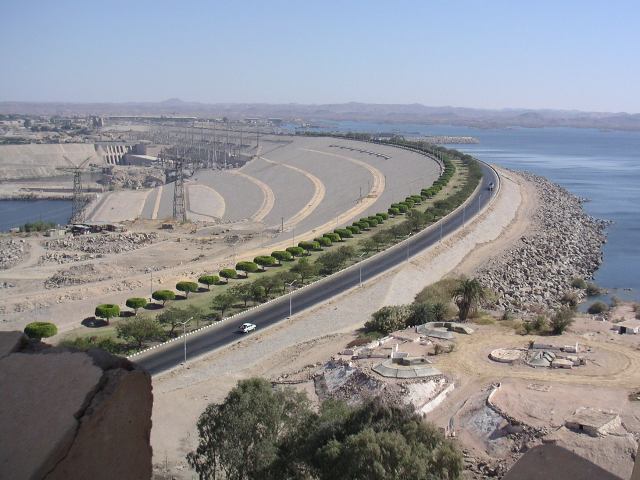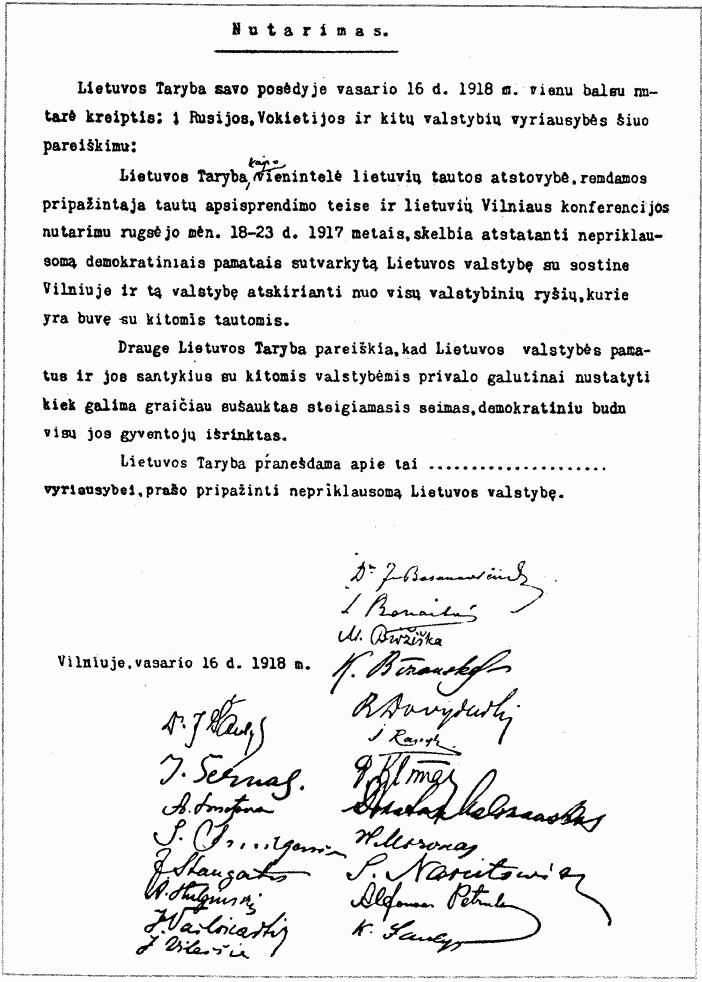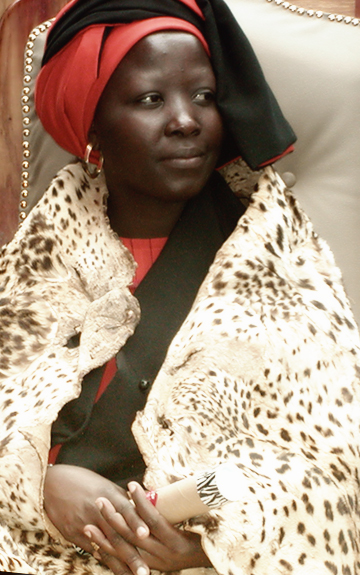|
Frank Staff
Frank Staff (15 June 1918 – 10 May 1971) was a South African ballet dancer, choreographer, producer, and company director. He was a major figure in the history of European theatrical dance in South Africa. Early life Frank Cedric Staff was born to an Irish mother and an English father in the diamond mining town of Kimberley, in what is now the Northern Cape Province of South Africa. As a teenager, he moved to Cape Town, where he attended Diocesan College and received his early dance training from Helen Webb and Maude Lloyd, who had studied with Marie Rambert in London. After Lloyd returned to England in 1933, she encouraged her young pupil to join her. At age fifteen, Staff moved to London to continue his training at Rambert's school in Bedford Gardens. Career Staff was soon invited to join Rambert's Ballet Club, as her performing group was then called. For the next twelve years, from 1933 to 1945, he worked with the Rambert company as both a dancer and choreographer. Exce ... [...More Info...] [...Related Items...] OR: [Wikipedia] [Google] [Baidu] |
Elisabeth Schooling
Elisabeth Schooling (27 April 1915 – 22 June 1998) was a British ballet dancer. Early life Elisabeth Schooling was born in Hendon, London in 1915. Career From 1928, Schooling studied with Marie Rambert, and she danced in Ballet Club's (which later became Ballet Rambert) first seasons. Her first solo role was as the Bride in a 1934 ballet entitled ''Mermaid'', which was choreographed by Susan Salaman and Andrée Howard, using music by Ravel. Also in 1934, it was noticed that Schooling had a very similar appearance to the barmaid in Édouard Manet’s painting ''Un bar aux Folies Bergère''. Marie Rambert’s husband Ashley Dukes suggested there might be a ballet around the picture, also introducing can-can dancers. '' Bar aux Folies-Bergère'' was first performed on 15 May 1934 at the Mercury Theatre The Mercury Theatre was an independent repertory theatre company founded in New York City in 1937 by Orson Welles and producer John Houseman. The company produced thea ... [...More Info...] [...Related Items...] OR: [Wikipedia] [Google] [Baidu] |
Kimberley, Northern Cape
Kimberley is the Capital city, capital and largest city of the Northern Cape province of South Africa. It is located approximately 110 km east of the confluence of the Vaal River, Vaal and Orange Rivers. The city has considerable historical significance due to its diamond mining past and the Siege of Kimberley, siege during the Second Boer War, Second Anglo-Boer war. British businessmen Cecil Rhodes and Barney Barnato made their fortunes in Kimberley, and Rhodes established the De Beers diamond company in the early days of the mining town. On 2 September 1882, Kimberley was the first city in the Southern Hemisphere and the second in the world after Philadelphia, Pennsylvania in the United States of America, United States to integrate electric street lights into its infrastructure. The first stock exchange in Africa was built in Kimberley, as early as 1881. History Discovery of diamonds In 1866, Erasmus Jacobs found a small brilliant pebble on the banks of the Orange Ri ... [...More Info...] [...Related Items...] OR: [Wikipedia] [Google] [Baidu] |
Rain Queen
Queen Modjadji, or the Rain Queen, is the hereditary queen of Balobedu, a people of the Limpopo Province of South Africa. The Rain Queen is believed to have special powers, including the ability to control the clouds and rainfall. Modjadji Royal council have a new King. The traditional installation of Prince Lekukela Modjadji as the king of the Balobedu took place at Khetlhakoni Royal Palace in Modjadjiskloof outside Tzaneen in Limpopo. Princess Masalanabo who was expected to be the next Rain Queen will take a position reserved for her to be Khadikholo (great aunt) of Balobedu Nation. History There are several different stories relating to the creation and history of the Rain Queens of Balobedu. One story states that an old chief in 16th century Monomotapa (South eastern Zimbabwe), was told by his ancestors that by impregnating his daughter, Dzugundini, she would gain rain-making skills. Another story involves a scandal in the same chief's house, in which the chief's son im ... [...More Info...] [...Related Items...] OR: [Wikipedia] [Google] [Baidu] |
South African Ballet Dancers
South is one of the cardinal directions or compass points. The direction is the opposite of north and is perpendicular to both east and west. Etymology The word ''south'' comes from Old English ''sūþ'', from earlier Proto-Germanic ''*sunþaz'' ("south"), possibly related to the same Proto-Indo-European root that the word ''sun'' derived from. Some languages describe south in the same way, from the fact that it is the direction of the sun at noon (in the Northern Hemisphere), like Latin meridies 'noon, south' (from medius 'middle' + dies 'day', cf English meridional), while others describe south as the right-hand side of the rising sun, like Biblical Hebrew תֵּימָן teiman 'south' from יָמִין yamin 'right', Aramaic תַּימנַא taymna from יָמִין yamin 'right' and Syriac ܬܰܝܡܢܳܐ taymna from ܝܰܡܝܺܢܳܐ yamina (hence the name of Yemen, the land to the south/right of the Levant). Navigation By convention, the ''bottom or down-facing side'' of a ... [...More Info...] [...Related Items...] OR: [Wikipedia] [Google] [Baidu] |
South African Male Ballet Dancers
South is one of the cardinal directions or compass points. The direction is the opposite of north and is perpendicular to both east and west. Etymology The word ''south'' comes from Old English ''sūþ'', from earlier Proto-Germanic ''*sunþaz'' ("south"), possibly related to the same Proto-Indo-European root that the word ''sun'' derived from. Some languages describe south in the same way, from the fact that it is the direction of the sun at noon (in the Northern Hemisphere), like Latin meridies 'noon, south' (from medius 'middle' + dies 'day', cf English meridional), while others describe south as the right-hand side of the rising sun, like Biblical Hebrew תֵּימָן teiman 'south' from יָמִין yamin 'right', Aramaic תַּימנַא taymna from יָמִין yamin 'right' and Syriac ܬܰܝܡܢܳܐ taymna from ܝܰܡܝܺܢܳܐ yamina (hence the name of Yemen, the land to the south/right of the Levant). Navigation By convention, the ''bottom or down-facing side'' of a ... [...More Info...] [...Related Items...] OR: [Wikipedia] [Google] [Baidu] |
South African Choreographers
South is one of the cardinal directions or compass points. The direction is the opposite of north and is perpendicular to both east and west. Etymology The word ''south'' comes from Old English ''sūþ'', from earlier Proto-Germanic ''*sunþaz'' ("south"), possibly related to the same Proto-Indo-European root that the word ''sun'' derived from. Some languages describe south in the same way, from the fact that it is the direction of the sun at noon (in the Northern Hemisphere), like Latin meridies 'noon, south' (from medius 'middle' + dies 'day', cf English meridional), while others describe south as the right-hand side of the rising sun, like Biblical Hebrew תֵּימָן teiman 'south' from יָמִין yamin 'right', Aramaic תַּימנַא taymna from יָמִין yamin 'right' and Syriac ܬܰܝܡܢܳܐ taymna from ܝܰܡܝܺܢܳܐ yamina (hence the name of Yemen, the land to the south/right of the Levant). Navigation By convention, the ''bottom or down-facing side'' of a ... [...More Info...] [...Related Items...] OR: [Wikipedia] [Google] [Baidu] |
1971 Deaths
* The year 1971 had three partial solar eclipses (February 25, July 22 and August 20) and two total lunar eclipses (February 10, and August 6). The world population increased by 2.1% this year, the highest increase in history. Events January * January 2 – 66 people are killed and over 200 injured during a crush in Glasgow, Scotland. * January 5 – The first ever One Day International cricket match is played between Australia and England at the Melbourne Cricket Ground. * January 8 – Tupamaros kidnap Geoffrey Jackson, British ambassador to Uruguay, in Montevideo, keeping him captive until September. * January 9 – Uruguayan president Jorge Pacheco Areco demands emergency powers for 90 days due to kidnappings, and receives them the next day. * January 12 – The landmark United States television sitcom ''All in the Family'', starring Carroll O'Connor as Archie Bunker, debuts on CBS. * January 14 – Seventy Brazilian political prisoners are release ... [...More Info...] [...Related Items...] OR: [Wikipedia] [Google] [Baidu] |
1918 Births
This year is noted for the end of the First World War, on the eleventh hour of the eleventh day of the eleventh month, as well as for the Spanish flu pandemic that killed 50–100 million people worldwide. Events Below, the events of World War I have the "WWI" prefix. January * January – 1918 flu pandemic: The "Spanish flu" (influenza) is first observed in Haskell County, Kansas. * January 4 – The Finnish Declaration of Independence is recognized by Soviet Russia, Sweden, Germany and France. * January 9 – Battle of Bear Valley: U.S. troops engage Yaqui Native American warriors in a minor skirmish in Arizona, and one of the last battles of the American Indian Wars between the United States and Native Americans. * January 15 ** The keel of is laid in Britain, the first purpose-designed aircraft carrier to be laid down. ** The Red Army (The Workers and Peasants Red Army) is formed in the Russian SFSR and Soviet Union. * January 18 - The Historic Concert for ... [...More Info...] [...Related Items...] OR: [Wikipedia] [Google] [Baidu] |
Cape Town City Ballet
The Cape Town City Ballet Company, formerly known as the CAPAB Ballet Company, is a dance company based in Cape Town, South Africa. History The Cape Town City Ballet originated from the UCT Ballet Company, which was established by Dulcie Howes in 1934. Dr. Howes was adamant that this dance company would give opportunity to talented individuals, irrespective of race or color. The Company was involved in the founding of Maynardville Open-Air Theatre on 1 December 1950, with its opening performance of ''Les Sylphides''. In 1963 the Cape Town City Ballet Company took over management of the Maynardville theater's ballet performances.''Cape Times'', Arts Supplement. 1950–2012. p. 14 (var.) The company became the CAPAB (Cape Performing Arts Board) Ballet Company under the directorship of David Poole. The company initially benefited from government spending on the arts; its 60-strong company staged lavish productions at the Artscape Theatre Centre (previously known as the Nico Mal ... [...More Info...] [...Related Items...] OR: [Wikipedia] [Google] [Baidu] |
Veronica Paeper
Veronica Paeper (born 9 April 1944) is a South African choreographer and dancer. Career Paeper was born on 9 April 1944 in Port Shepstone but trained with Dulcie Howes at the University of Cape Town Ballet School after her family moved to Cape Town. Although noted as South Africa's most prolific choreographer, Paeper was also a principal dancer with CAPAB, the PACT Ballet and the Orange Free State Ballet. Paeper choreographed her first ballet, ''John the Baptist'' to music by Ernest Bloch for CAPAB in 1972, leading to her appointment as the company's resident choreographer. In 1991, she became the company director of CAPAB and led the company on the first international tour of a South African ballet company, in 1994. She choreographed over 40 works for the company, including a number of full-length works such as ''Orpheus in the Underwold'', ''A Christmas Carol'', ''Hamlet'' and ''Sylvia in Hollywood''. She retired from CAPAB (now Cape Town City Ballet) in 2005. She was awarded ... [...More Info...] [...Related Items...] OR: [Wikipedia] [Google] [Baidu] |
David Poole (dancer)
David Poole (17 September 1925 – 27 August 1991) was a South African ballet dancer, choreographer, teacher, and company director. During his thirty-year association with dance companies in Cape Town, he had "a profound effect on ballet in South Africa. He is internationally recognised as a significant figure in the world of dance. Early life and training Born in Cape Town, the capital city of the Cape Province, near the southern tip of South Africa, David Poole did not begin his dance training until the age of eighteen, quite late for a dancer with professional aspirations. He trained under Cecily Robinson and Dulcie Howes at the University of Cape Town Ballet School in the early 1940s and soon began performing in the Cape Town Ballet Club, of which Howes was the director and one of the principal choreographers. He appeared to notable effect in her ballets ''Pliaska'' (1944), set to music of Liadov, and ''Fête Galante'' (1945), to music by Prokofiev. He also danced in early w ... [...More Info...] [...Related Items...] OR: [Wikipedia] [Google] [Baidu] |
Lobedu People
The Lobedu or Balobedu ''(''also known as the BaLozwi or Bathobolo'')'' are a southern African ethnic group. Their area is called Bolobedu. They are initially known as Bakwebo (wild pigs). The name "balobedu" means "the mineral miners" lobela / go loba - to mine , their ancestors are part of the great Mapungbuwe early civilization. They have their own kingdom, the Balobedu Kingdom, within the Limpopo Province of South Africa with a female ruler, the Rain Queen Modjadji. It is estimated that there is around 1 million BaLobedu in South Africa . Their population is found in Greater Letaba Local Municipality (171 011 or 80.4% - 2011 census), Greater Tzaneen Local Municipality (200 000 or 46% - 2011 census), Ba-Phalaborwa Local Municipality (70 000 or 47% - 2011 census), Greater Giyani Local Municipality (20 000 or 6.4% - 2011 census) and smaller villages of Limpopo. Some are found in Gauteng province as labour migrants, especially in Tembisa and Alexandra townships. Langua ... [...More Info...] [...Related Items...] OR: [Wikipedia] [Google] [Baidu] |





